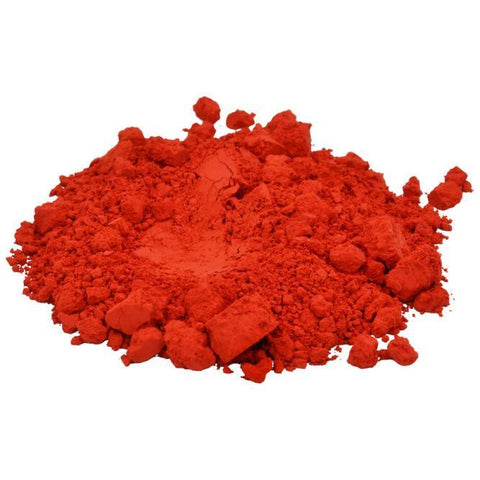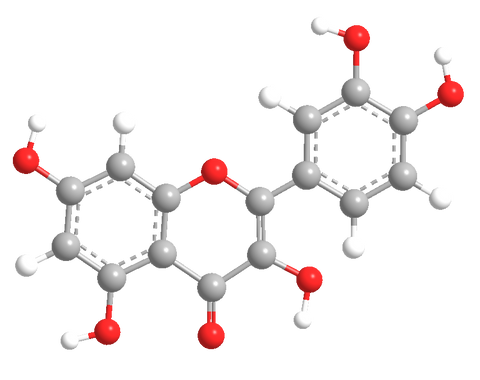In the vibrant world of food colors, Red 40 (also known as Allura Red AC) stands out as one of the most widely used synthetic dyes. From candies and cereals to beverages, kid snacks and sauces, this bright red dye adds eye-catching allure to our favorite foods. However, lurking behind its vibrant appearance are concerns about its safety and potential health risks. In this blog, I will dive into the dangers of Red 40 and explore why it has garnered attention from health experts and consumers alike.
- Synthetic Origin and Potential Contaminants: Red 40 is a synthetic food dye derived from petroleum, making it an artificial additive. This chemical origin raises concerns about potential contaminants. Some studies have found traces of harmful compounds like benzidine and 4-aminobiphenyl in certain batches of Red 40, which are known carcinogens. While the FDA has set strict limits on these contaminants, the presence of even minute amounts raises alarm bells about the long-term health impact of Red 40 consumption.
- Hyperactivity and Behavioral Issues in Children: One of the most debated aspects of Red 40 is its link to hyperactivity and behavioral issues, particularly in children. Numerous studies have investigated the connection between artificial food dyes, including Red 40, and attention deficit hyperactivity disorder (ADHD) symptoms. Although the evidence remains inconclusive, some research indicates that certain children may be sensitive to these additives, leading to increased hyperactivity and decreased attention span. Consequently, some countries, like the European Union, have mandated warning labels on products containing synthetic food dyes.
- Allergic Reactions and Sensitivities: Red 40, like other artificial dyes, is known to cause allergic reactions in some individuals. Skin rashes, itching, and hives are common symptoms experienced by those sensitive to this dye. Moreover, individuals with pre-existing sensitivities to aspirin may experience heightened allergic responses to Red 40, as both contain similar chemical structures. Severe allergic reactions are rare but can be life-threatening for susceptible individuals.
In conclusion while Red 40 remains a topic of concern due to its synthetic origin, potential contaminants, and possible links to behavioral issues in children. As consumer awareness grows, more individuals are actively seeking natural and healthier alternatives. Many food companies are heeding the call by embracing natural food colors derived from sources like beets, turmeric, and spirulina, offering consumers a more transparent and wholesome choice.
As consumers, it is essential to be informed and conscious of the ingredients in the foods we consume. If you are concerned about Red 40 or other synthetic food dyes, consider opting for products labeled as free from artificial colors. The more we advocate for transparent labeling and safer alternatives, the closer we come to a world where both food appeal and health go hand in hand.
With love and gratitude,
John ( The Alchhemist)


